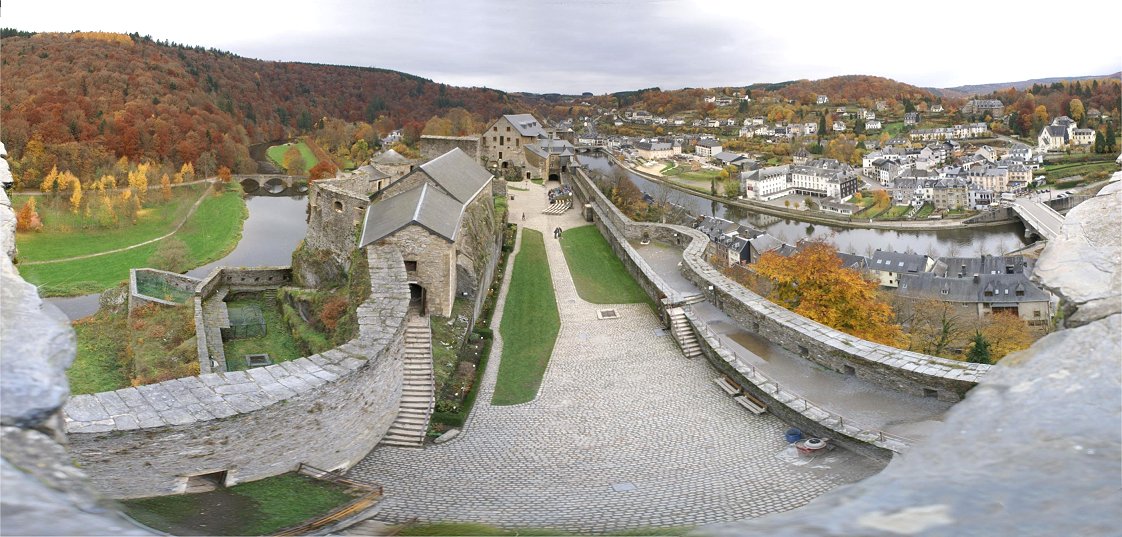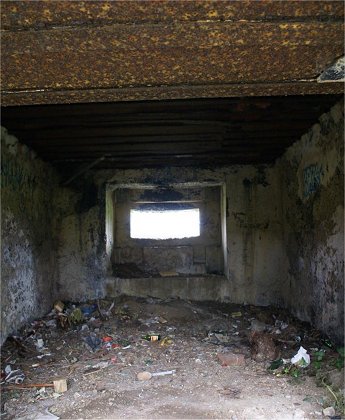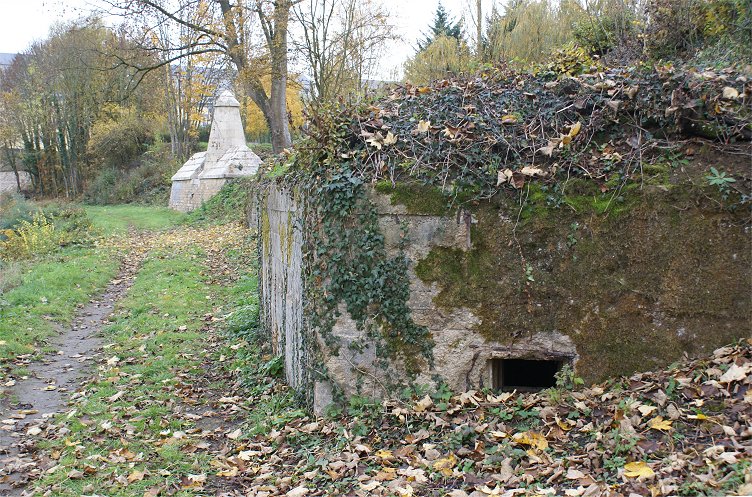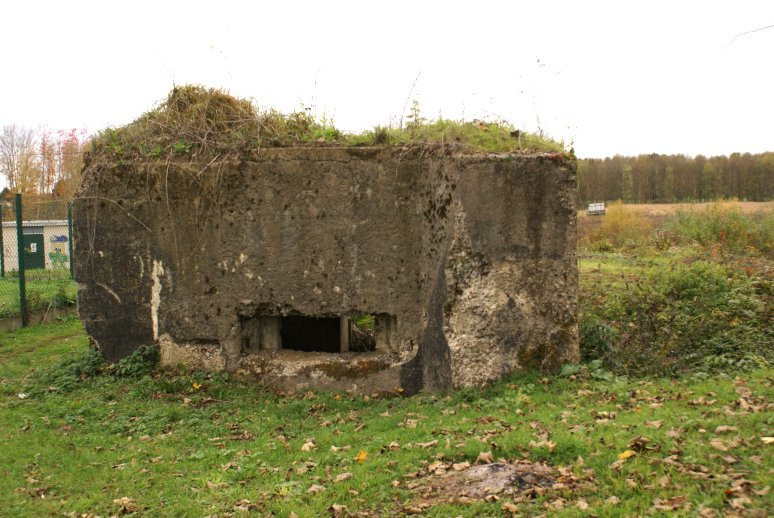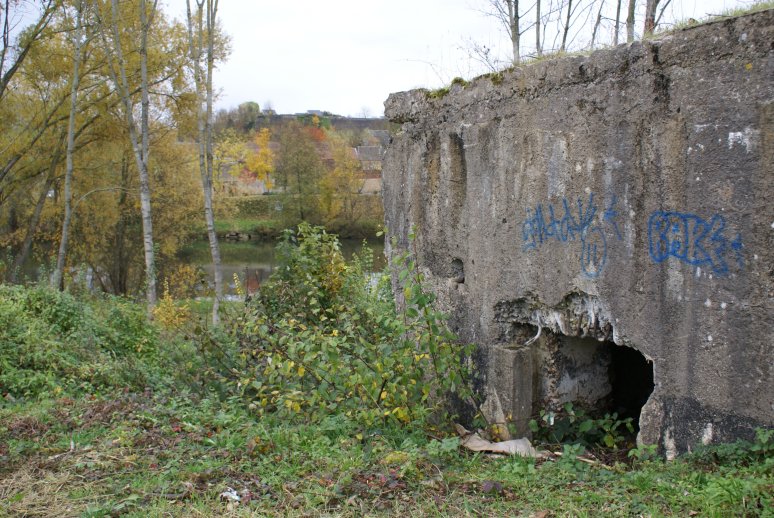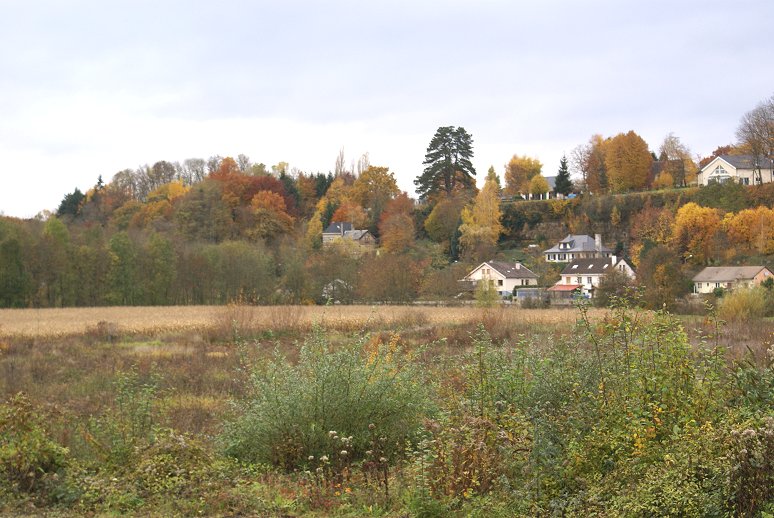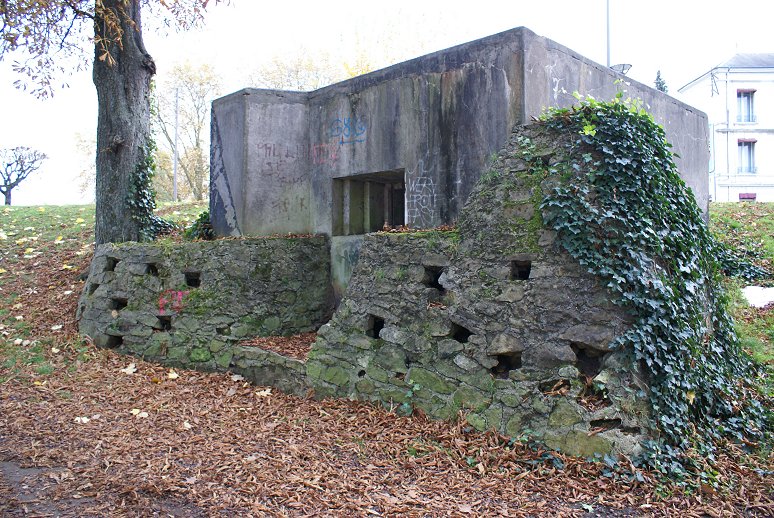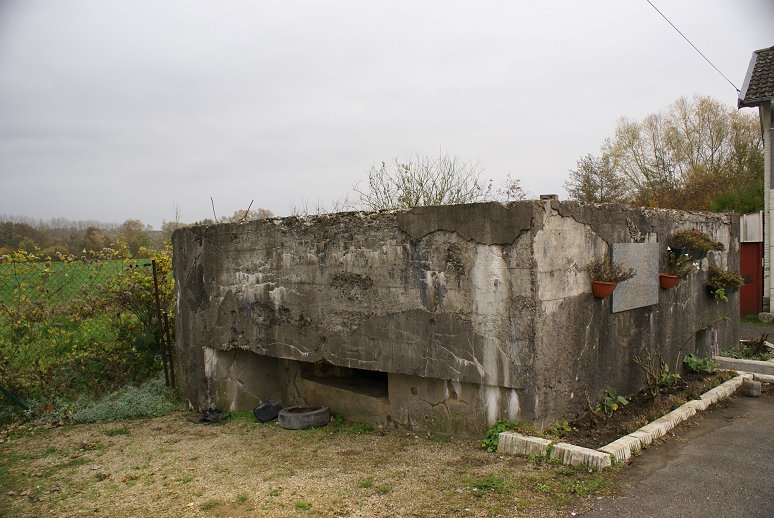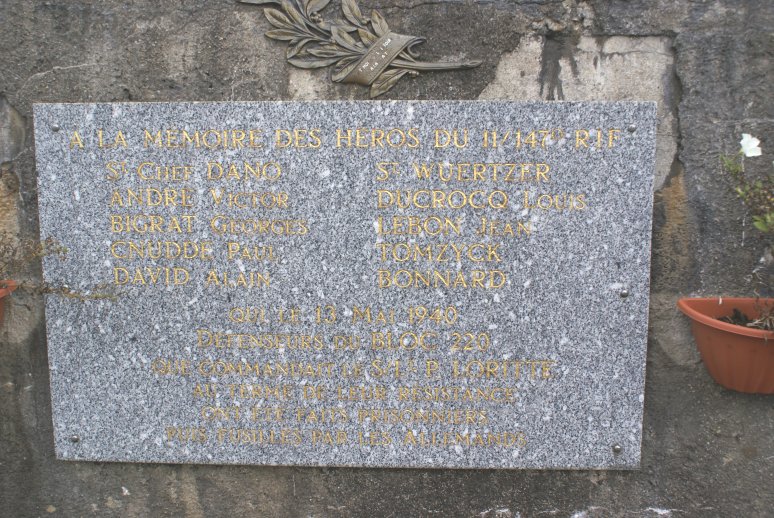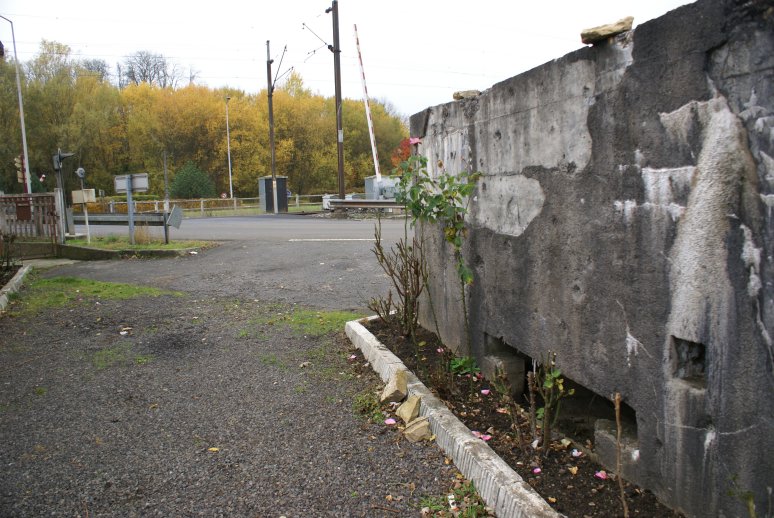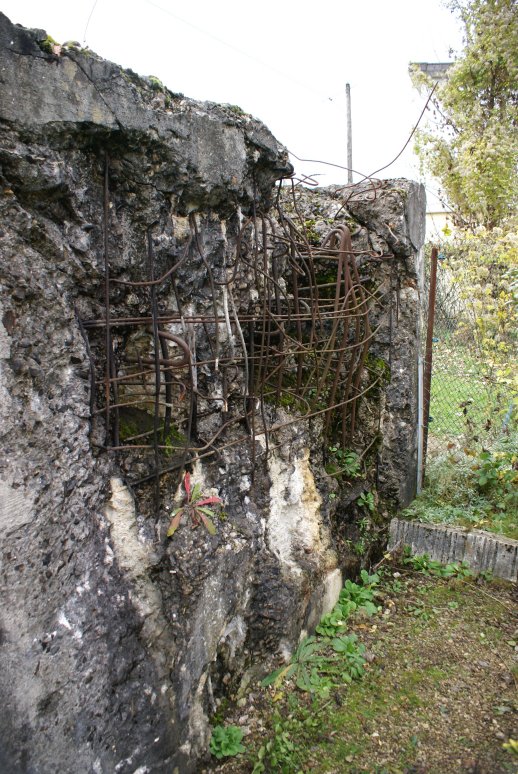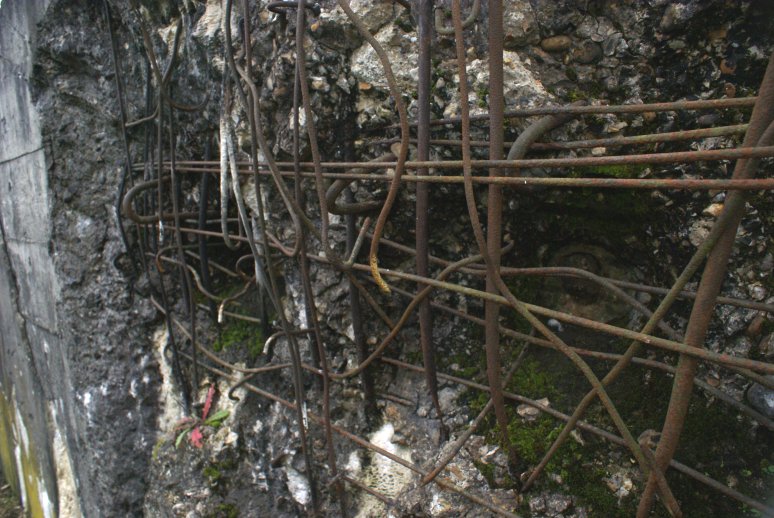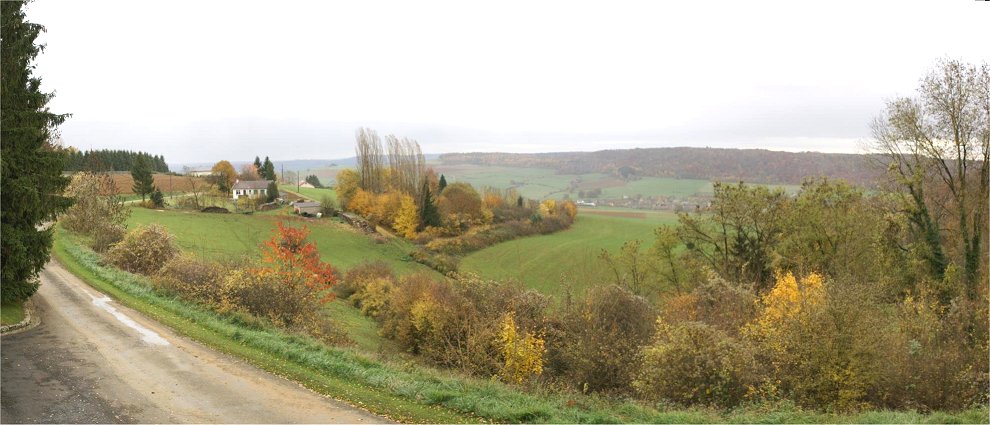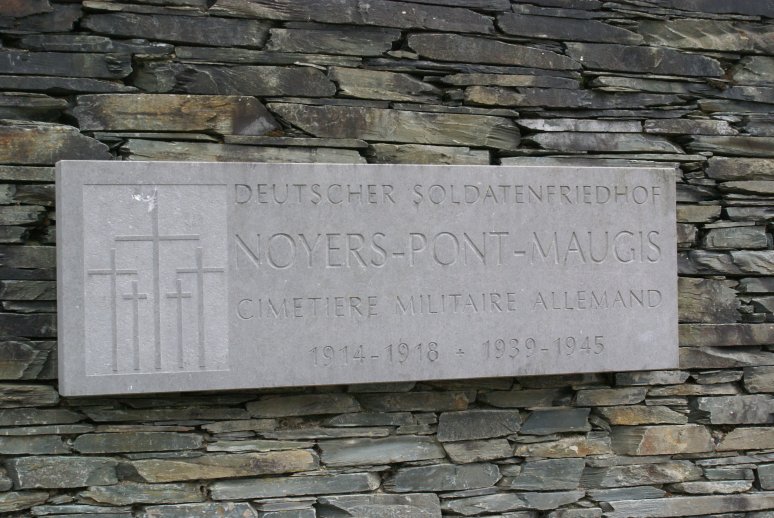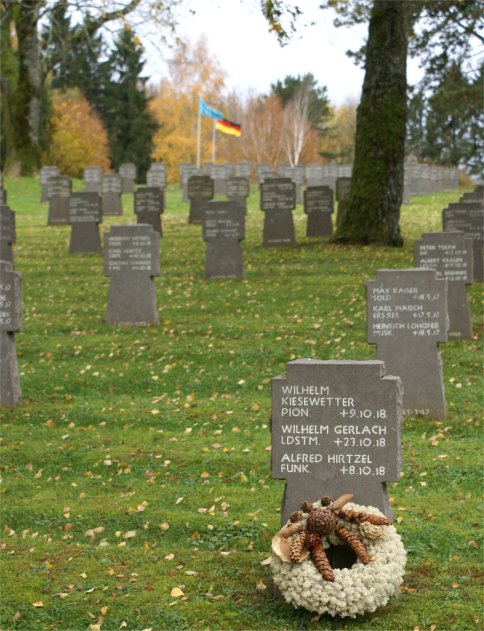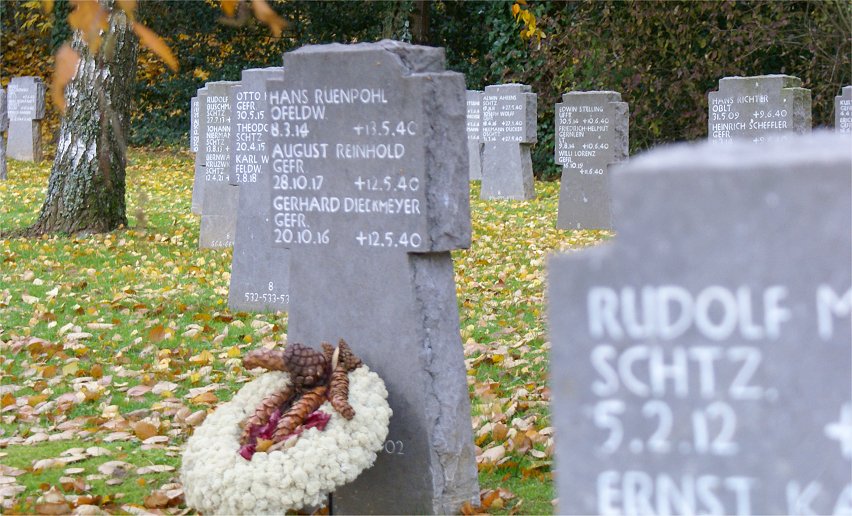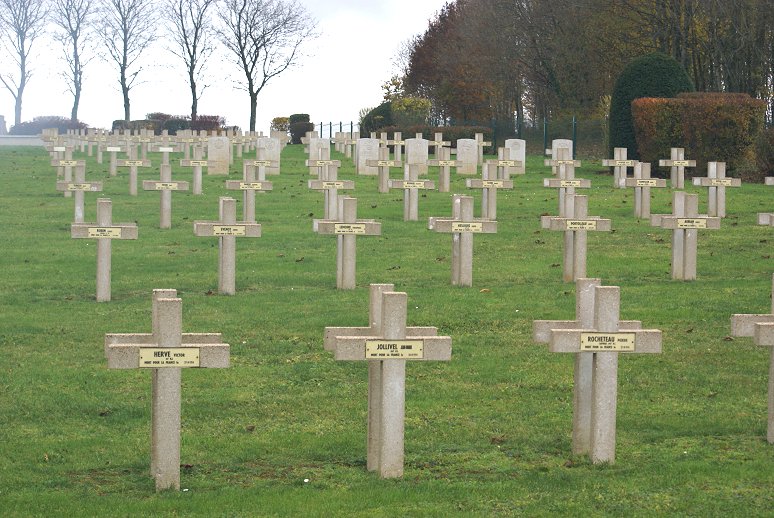| While Hoth's 15th Panzer Corps crossed the Meuse near Dinant,
Kleist's
Panzer Army was advancing to the south. Kleist's
Army was made up of Reinhardt's 41st Panzer Corps which was
approaching
Montherme and Guderian's Panzer Corps which was further south
approached
Sedan. Guderian's men were pushing back the few Belgian troops they
encountered as well as the
French cavalry that had been sent forward into Belgium. Bouillon
near the French border was in difficult terrain and with the
Semois River it was easily defensible. On the night of May 11-12,
however, a group of German motorcyclists crossed the Semois several
miles to the west of Bouillon, and on the morning of the 12th, Lt Col
Balck's 1st Rifle Regiment forded the river at Bouillon, followed by
panzers. Guderian and his men continued to the objective, Sedan. |
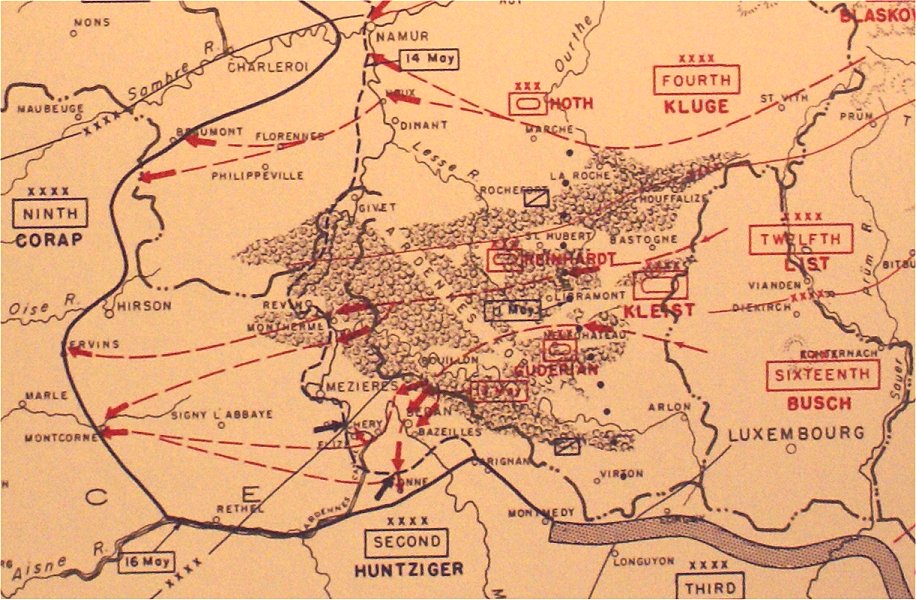 |


